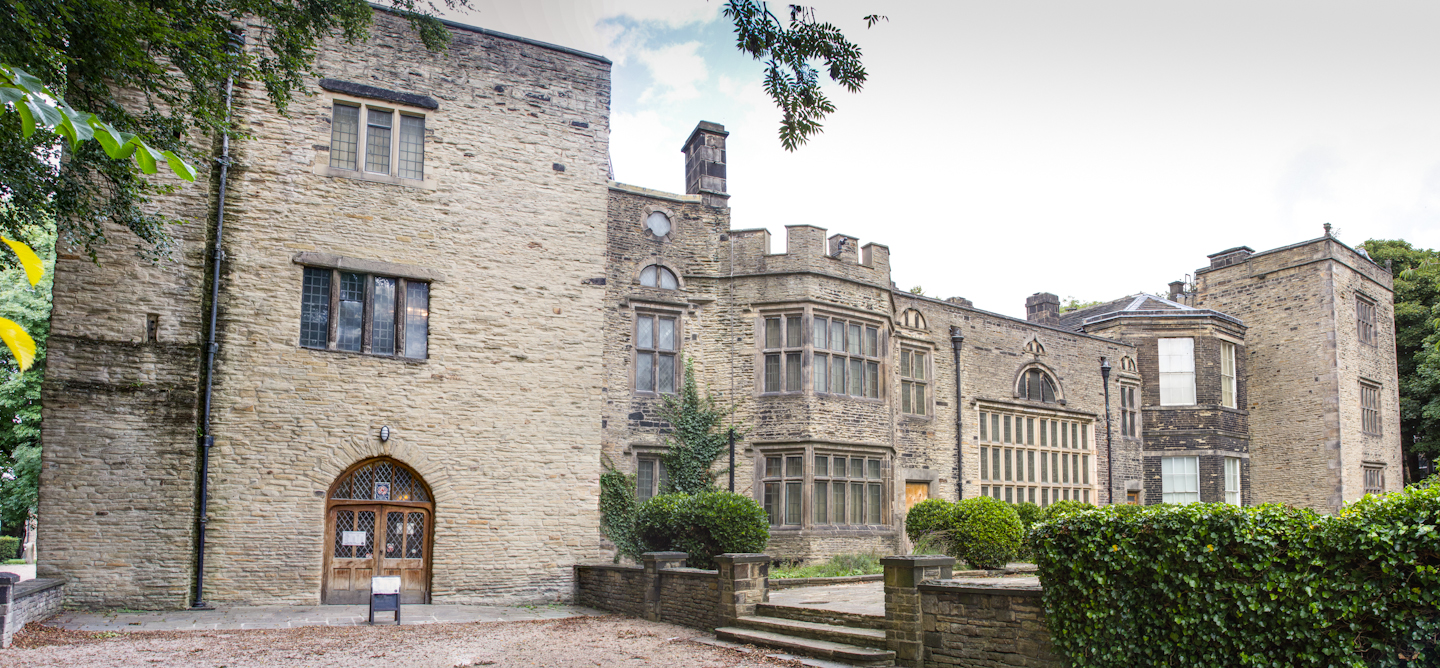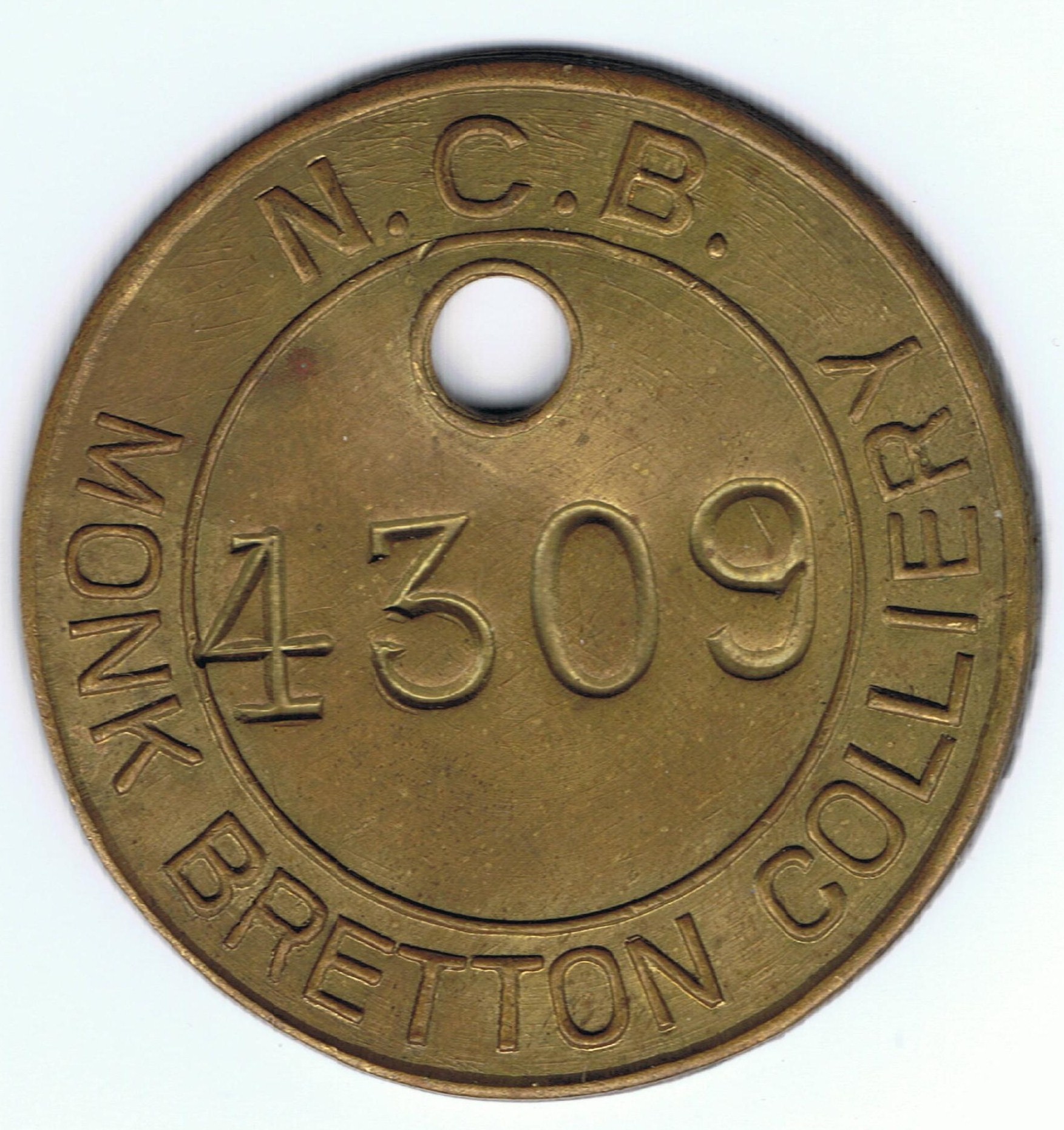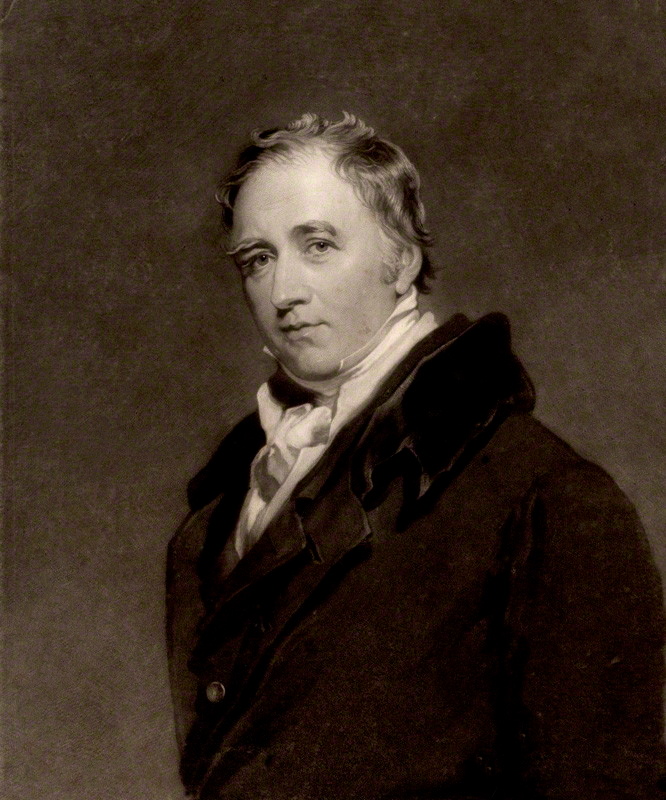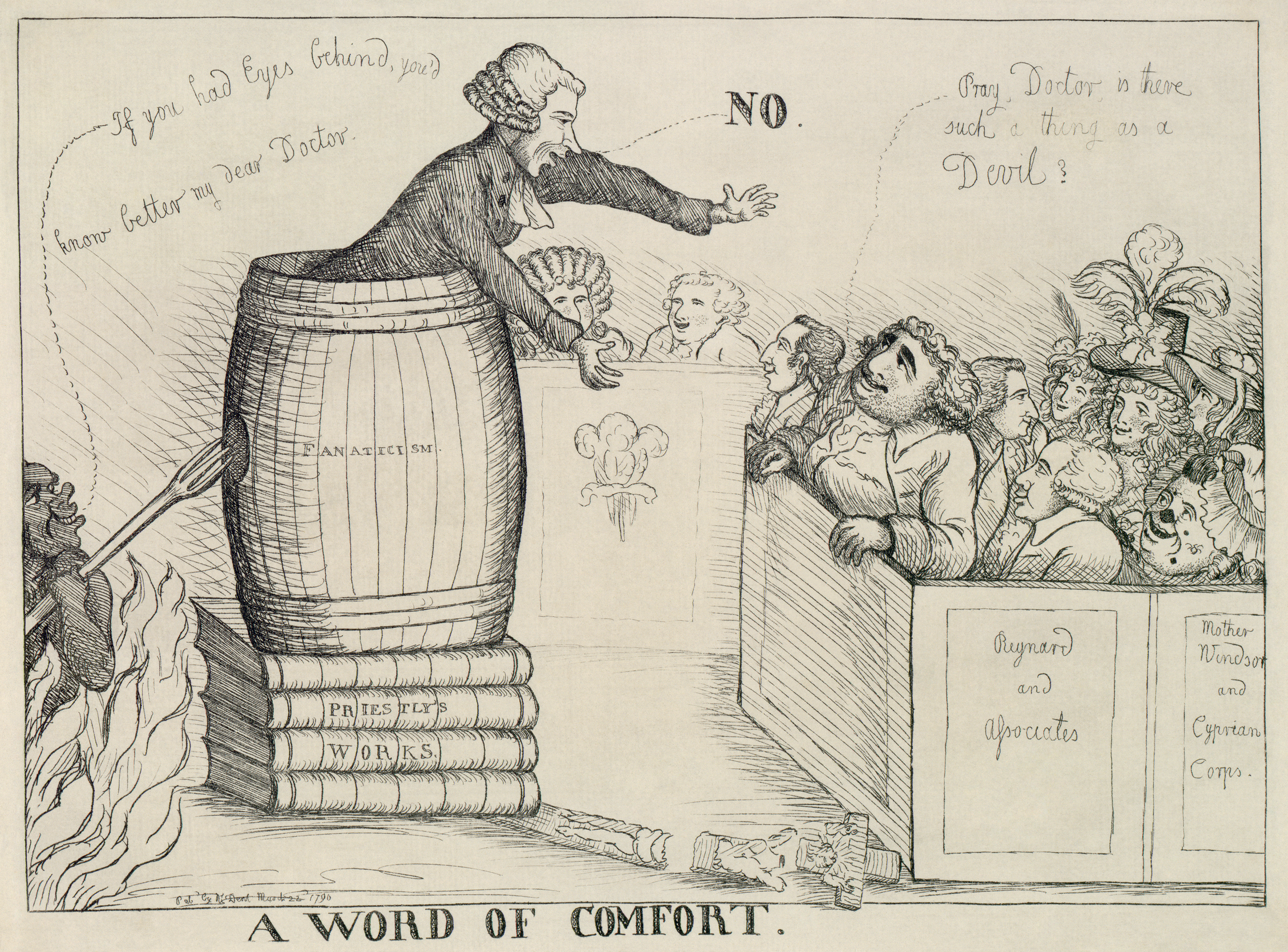|
Sir Francis Lindley Wood, 2nd Baronet
Sir Francis Lindley Wood, 2nd Baronet (16 December 1771 – 31 December 1846), was a Yorkshire landowner and political influencer of the nineteenth century. Born the son of a Royal Navy officer, Wood inherited his uncle's baronetcy in 1795. He owned several estates, living at points of his life at Bolling Hall, Hemsworth Hall, and Hickleton Hall. A Whig, Wood was a confidant of Lord Fitzwilliam and supported several Whig parliamentary candidacies, including those of Fitzwilliam's son Lord Milton and Walter Fawkes. An advocate for reform, Wood was a supporter of the abolition of slavery and of the Reform Act 1832. He served as High Sheriff of Yorkshire in 1814 and Vice-Lieutenant of the West Riding of Yorkshire in 1819. Life Francis Lindley Wood was born on 16 December 1771, the son of Captain Charles Wood of the Royal Navy and his wife Caroline Barker. He was the nephew of Sir Francis Wood, 1st Baronet, a wealthy East India merchant. Wood lived at his family seat of Bolling ... [...More Info...] [...Related Items...] OR: [Wikipedia] [Google] [Baidu] |
Baronet
A baronet ( or ; abbreviated Bart or Bt) or the female equivalent, a baronetess (, , or ; abbreviation Btss), is the holder of a baronetcy, a hereditary title awarded by the British Crown. The title of baronet is mentioned as early as the 14th century, however in its current usage was created by James VI and I, James I of England in 1611 as a means of raising funds for the crown. A baronetcy is the only British Hereditary title, hereditary honour that is not a peerages in the United Kingdom, peerage, with the exception of the Anglo-Irish Knight of Glin, Black Knights, White Knight (Fitzgibbon family), White Knights, and Knight of Kerry, Green Knights (of whom only the Green Knights are extant). A baronet is addressed as "Sir" (just as is a knight) or "Dame" in the case of a baronetess, but ranks above all knighthoods and damehoods in the Orders of precedence in the United Kingdom, order of precedence, except for the Order of the Garter, the Order of the Thistle, and the dormant ... [...More Info...] [...Related Items...] OR: [Wikipedia] [Google] [Baidu] |
Monk Bretton
Monk Bretton is a village in the Metropolitan Borough of Barnsley in South Yorkshire, England. It lies approximately two miles north-east from Barnsley town centre. History Monk Bretton has been a settlement since medieval times and was originally known as just 'Bretton'. It is sometimes thought to have taken its name from the twelfth-century Adam fitz Swain de Bretton, whose family owned much land in the area and who also founded Monk Bretton Priory. However, in the Domesday Book of 1086 the area is already known as Brettone, and the name may have originally meant 'Farmstead of the Britons', suggesting that a remnant of the old Romano-British population may have lived here into the Anglo-Saxon period. According to Domesday Book, the local Saxon lord in 1066 had been an individual called Wulfmer, who by 1086 had been replaced by a Norman lord, Illbert de Lacey, a major landholder associated with many other locations in the county. By 1225 the village was referred to as Munkebre ... [...More Info...] [...Related Items...] OR: [Wikipedia] [Google] [Baidu] |
Leeds
Leeds () is a city and the administrative centre of the City of Leeds district in West Yorkshire, England. It is built around the River Aire and is in the eastern foothills of the Pennines. It is also the third-largest settlement (by population) in England, after London and Birmingham. The city was a small manorial borough in the 13th century and a market town in the 16th century. It expanded by becoming a major production centre, including of carbonated water where it was invented in the 1760s, and trading centre (mainly with wool) for the 17th and 18th centuries. It was a major mill town during the Industrial Revolution. It was also known for its flax industry, iron foundries, engineering and printing, as well as shopping, with several surviving Victorian era arcades, such as Kirkgate Market. City status was awarded in 1893, a populous urban centre formed in the following century which absorbed surrounding villages and overtook the nearby York population. It is locate ... [...More Info...] [...Related Items...] OR: [Wikipedia] [Google] [Baidu] |
Recorder (judge)
A recorder is a judicial officer in England and Wales and some other common law jurisdictions. England and Wales In the courts of England and Wales, the term ''recorder'' has two distinct meanings. The senior circuit judge of a borough or city is often awarded the title of "Honorary Recorder". However, "Recorder" is also used to denote a person who sits as a part-time circuit judge. Historic office In England and Wales, originally a recorder was a certain magistrate or judge having criminal and civil jurisdiction within the corporation of a city or borough. Such incorporated bodies were given the right by the Crown to appoint a recorder. He was a person with legal knowledge appointed by the mayor and aldermen of the corporation to 'record' the proceedings of their courts and the customs of the borough or city. Such recordings were regarded as the highest evidence of fact. Typically, the appointment would be given to a senior and distinguished practitioner at the Bar, and it was, ... [...More Info...] [...Related Items...] OR: [Wikipedia] [Google] [Baidu] |
Yorkshire Philosophical Society
The Yorkshire Philosophical Society (YPS) is a charitable learned society (charity reg. 529709) which aims to promote the public understanding of the natural sciences, the social sciences, and the archaeology and history of York and Yorkshire. History The Society was formed in York in December 1822 by James Atkinson, William Salmond, Anthony Thorpe and William Vernon. The Society's aim was to gain and spread knowledge related to science and history and they built a large collection for this purpose. The geologist John Phillips was employed as the Society's first keeper of its museum. In 1828 the Society was given, by royal grant, some of the grounds of St Mary's Abbey including the ruins of the abbey. On this land the Society constructed a number of buildings including the Yorkshire Museum built to house the Society's geological and archaeological collections and opened in 1830. Landscape architect Sir John Murray Naysmith was commissioned by the Society to create a botanic ... [...More Info...] [...Related Items...] OR: [Wikipedia] [Google] [Baidu] |
York
York is a cathedral city with Roman origins, sited at the confluence of the rivers Ouse and Foss in North Yorkshire, England. It is the historic county town of Yorkshire. The city has many historic buildings and other structures, such as a minster, castle, and city walls. It is the largest settlement and the administrative centre of the wider City of York district. The city was founded under the name of Eboracum in 71 AD. It then became the capital of the Roman province of Britannia Inferior, and later of the kingdoms of Deira, Northumbria, and Scandinavian York. In the Middle Ages, it became the northern England ecclesiastical province's centre, and grew as a wool-trading centre. In the 19th century, it became a major railway network hub and confectionery manufacturing centre. During the Second World War, part of the Baedeker Blitz bombed the city; it was less affected by the war than other northern cities, with several historic buildings being gutted and restore ... [...More Info...] [...Related Items...] OR: [Wikipedia] [Google] [Baidu] |
Henry Lascelles, 2nd Earl Of Harewood
Henry Lascelles, 2nd Earl of Harewood DL (25 December 1767 – 24 November 1841), known as Viscount Lascelles from 1814 to 1820, was a British peer, slave plantation and other land owner, chiefly inherited art collector, and Member of Parliament. Early life and politics Harewood was the second son of Edward Lascelles, 1st Earl of Harewood, and Anne Chaloner. He was elected to the House of Commons for Yorkshire in 1796, a seat he held until the 1807 Yorkshire election and again from 1812 to 1818, and also represented Westbury from 1807 to 1812 and Northallerton from 1818 to 1820. The latter year he succeeded his father in the earldom and entered the House of Lords. Between 1819 and 1841 he also served as Lord Lieutenant of the West Riding of Yorkshire. According to the '' Legacies of British Slave-Ownership'' at the University College London, Harewood was awarded a payment as a slave trader in the aftermath of the Slavery Abolition Act 1833 with the Slave Compensation Act 1837. ... [...More Info...] [...Related Items...] OR: [Wikipedia] [Google] [Baidu] |
Yorkshire (UK Parliament Constituency)
Yorkshire was a constituency of the House of Commons of the Parliament of England from 1290, then of the Parliament of Great Britain from 1707 to 1800 and of the Parliament of the United Kingdom from 1801 to 1832. It was represented by two Members of Parliament, traditionally known as Knights of the Shire, until 1826, when the county benefited from the disfranchisement of Grampound by taking an additional two members. The constituency was split into its three historic ridings, for Parliamentary purposes, under the Reform Act 1832. Each riding returned two MPs. The county was then represented by the Yorkshire East Riding, Yorkshire North Riding and Yorkshire West Riding constituencies. Boundaries Yorkshire is the largest of the historic counties of England. The constituency comprised the whole county. Yorkshire contained several boroughs which each independently returned two members to Parliament. These were Aldborough, Beverley, Boroughbridge, Hedon, Kingston upon Hull, Knare ... [...More Info...] [...Related Items...] OR: [Wikipedia] [Google] [Baidu] |
Test Act
The Test Acts were a series of English penal laws that served as a religious test for public office and imposed various civil disabilities on Roman Catholics and nonconformists. The underlying principle was that only people taking communion in the established Church of England were eligible for public employment, and the severe penalties pronounced against recusants, whether Catholic or nonconformist, were affirmations of this principle. Similar laws were introduced in Scotland with respect to the Presbyterian Church of Scotland. In practice nonconformists were often exempted from some of these laws through the regular passage of Acts of Indemnity: in particular, the Indemnity Act 1727 relieved Nonconformists from the requirements in the Test Act 1673 and the Corporation Act 1661 that public office holders must have taken the sacrament of the Lord's Supper in an Anglican church. Except at Oxbridge, where nonconformists and Catholics could not matriculate (Oxford) or graduate (Ca ... [...More Info...] [...Related Items...] OR: [Wikipedia] [Google] [Baidu] |
Great Grimsby (UK Parliament Constituency)
Great Grimsby is a List of United Kingdom Parliament constituencies, constituency in North East Lincolnshire represented in the House of Commons of the United Kingdom, House of Commons of the Parliament of the United Kingdom since December 2019 by Lia Nici of the Conservative Party (UK), Conservative Party. Constituency profile Fishing is a significant sector in Grimsby which is a deprived area. These factors meant the constituency voted strongly to Brexit, leave the EU in 2016. Current boundaries The present constituency follows the boundaries of the old Borough of Great Grimsby, which was abolished when the former county of Humberside was divided into four unitary authorities in 1996. From the 2010 general election new boundaries took effect, but the Boundary Commission for England, Boundary Commission's review led only to minimal changes, aligning the constituency boundaries with present ward boundaries so the seat still has electoral wards: *East Marsh, Freshney, Heneage, ... [...More Info...] [...Related Items...] OR: [Wikipedia] [Google] [Baidu] |
Peterborough (UK Parliament Constituency)
Peterborough is a borough constituency represented in the House of Commons of the Parliament of the United Kingdom. Its current form is the direct, unbroken successor of a smaller constituency that was created in the mid-16th century and used for the legislatures of England, Great Britain and the United Kingdom (UK). The seat today elects one Member of Parliament (MP) by the first-past-the-post system of election since 1885, before which its earlier form had two-member representation using the similar bloc vote system and both forms had a broadening but restricted franchise until 1918. The current MP is Paul Bristow of the Conservative Party, who was elected at the 2019 general election. Boundaries and boundary changes The City of Peterborough formed a parliamentary borough returning two members in 1541. The rest of the Soke of Peterborough was part of the Northamptonshire parliamentary county; the area south of the River Nene was in the historic county of Huntingdons ... [...More Info...] [...Related Items...] OR: [Wikipedia] [Google] [Baidu] |
Member Of Parliament (United Kingdom)
In the United Kingdom, a member of Parliament (MP) is an individual elected to serve in the House of Commons of the Parliament of the United Kingdom. Electoral system All 650 members of the UK House of Commons are elected using the first-past-the-post voting system in single member constituencies across the whole of the United Kingdom, where each constituency has its own single representative. Elections All MP positions become simultaneously vacant for elections held on a five-year cycle, or when a snap election is called. The Fixed-term Parliaments Act 2011 set out that ordinary general elections are held on the first Thursday in May, every five years. The Act was repealed in 2022. With approval from Parliament, both the 2017 and 2019 general elections were held earlier than the schedule set by the Act. If a vacancy arises at another time, due to death or resignation, then a constituency vacancy may be filled by a by-election. Under the Representation of the People Act 198 ... [...More Info...] [...Related Items...] OR: [Wikipedia] [Google] [Baidu] |



.jpg)




